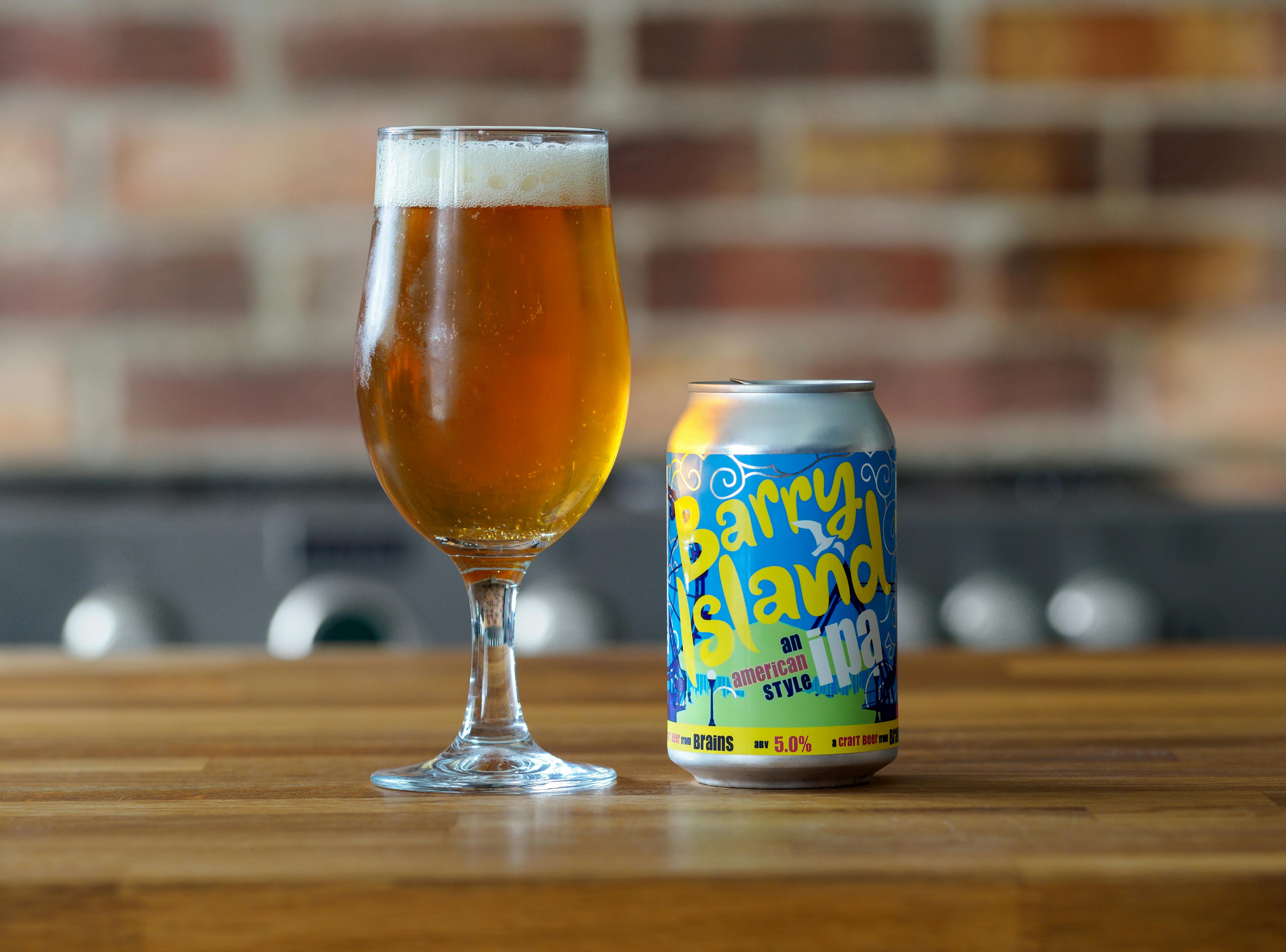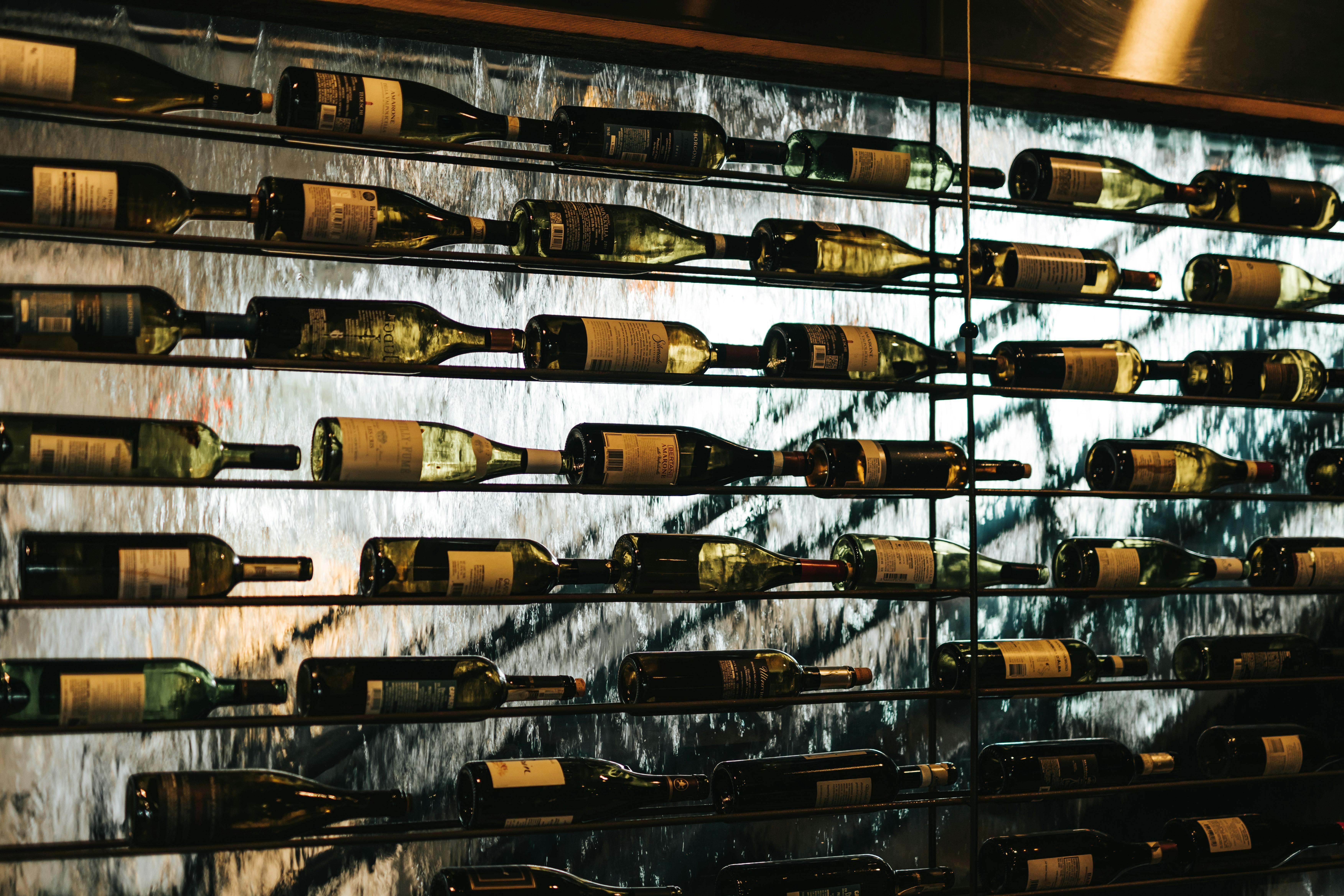Wine is one of the most popular alcoholic drinks in the world. It has been around for centuries and is enjoyed by people of all ages. But what many people may not know is that wine is not brewed or distilled, but instead made through fermentation. The process of fermenting involves using yeast to turn the sugars in grapes and other fruits into alcohol. Through fermentation, different types of wines can be created, from light whites to full-bodied reds. In this article, we will explore how wine is made, what makes it different from other alcoholic beverages like beer or spirits, and how to choose a quality bottle.Wine is not brewed or distilled, it is fermented. Fermentation is the process of converting sugars present in the grape juice into alcohol. This process is done with the help of yeast and bacteria.
A Comparison of Beer and Wine Making Processes
Brewing beer and making wine are both processes of fermentation, but the ingredients and techniques used in each vary greatly. Beer is typically made from malted barley, hops, yeast, and water. The barley is mashed to extract the sugars that will eventually become alcohol. Then hops are added to give the beer its unique flavor. Yeast is then added to begin the fermentation process. Wine is made from grapes or other fruit juices that contain sugar. The juice is then fermented with yeast to turn the sugars into alcohol. Both processes involve a period of aging before they are ready for consumption.
The primary difference between beer and wine making processes is in the ingredients used. Beer requires malted barley for its base, while wine needs grapes or other fruits that contain sugar. Hops are added to beer for flavor, while no such ingredient is necessary in wine making. Also, beer usually requires additional brewing steps such as boiling and filtering before it can be consumed, while most wines do not need these extra steps as part of their production process.
Another difference between beer and wine making processes
Fermentation
Fermentation is the process of converting carbohydrates such as glucose, fructose, and sucrose into cellular energy. This process is used by microorganisms to produce alcohols, acids, and other compounds. It has been used for thousands of years in the food industry to create products such as beer, wine, cheese, yogurt, and bread. Fermentation processes can also be used to produce pharmaceuticals and chemicals. There are many different methods of fermentation that can be used to achieve different outcomes depending on the product being produced.
Yeast Fermentation
Yeast fermentation is one of the most common methods of fermentation. Yeast is added to a sugar or carbohydrate solution and allowed to ferment. During this process, the yeast breaks down the sugar into alcohols and carbon dioxide gas which causes the mixture to bubble and foam. The resulting product can then be further processed or used directly as an ingredient in a recipe. Yeast fermentation is commonly used in the production of beer, wine, bread, cheese, yogurt, and other products.
Lactic Acid FermentationBeer vs. Wine: What’s the Difference?
When it comes to alcoholic beverages, beer and wine are two of the most popular choices. But what exactly makes them different? There are several key differences between beer and wine that set them apart from each other.
The most obvious difference between beer and wine is their ingredients. Beer is made from malted barley, hops, yeast and water, while wine is made from fermented grapes. The fermentation process for beer is much quicker than for wine, often taking only a few weeks or months compared to several months or years for wine.
The taste of these drinks also differs quite significantly. Beer has a more robust flavor that contains notes of hops, malt, and yeast, while wine has a more subtle flavor that contains notes of fruits and spices depending on the variety. In terms of alcohol content, beers tend to have higher alcohol content than wines with an average ABV (alcohol by volume) ranging from 4-7%, while wines range from 8-14%.
The way in which these drinks are served can also be quite different. Beer is typically served cold in a glass or bottle whereas wine is best served at
How Is Wine Made?
Wine is made by fermenting grapes or other fruits. The first step in the wine-making process is to crush the grapes and press them to extract the juice, which is then allowed to ferment. During fermentation, yeast consumes the sugar in the grape juice and converts it into alcohol and carbon dioxide. The resulting liquid is a high-alcohol content beverage that can be aged in barrels or bottles for several months or even years to enhance its flavor and aroma. White wines are usually made from only the juice of crushed grapes, while red wines are made with both the juice and skins of the grape. Other ingredients such as herbs, spices, and oak chips may be added to give wines their signature flavors. Once the wine has aged for a sufficient amount of time, it will be ready for bottling and drinking.

The Distillation Process for Making Wine
The distillation process for making wine is a complex and lengthy procedure. It begins with harvesting the grapes, which must be carefully selected and sorted. The grapes are then crushed to extract the juice, and the juice is then fermented, usually in large tanks or barrels. During fermentation, yeast converts the sugar in the must (the juice extracted from the grapes) into alcohol, giving wine its distinct flavor and aroma.
Once fermentation has finished, the wine is then moved to a still where it will be distilled. Distillation involves heating up the liquid so that it vaporizes, leaving behind any impurities or solids that might have been present in the original mixture. This vapor is then collected and cooled back down into a liquid form, resulting in a more concentrated form of alcohol than what was present in the original mixture.
The distillate can then be aged in oak barrels to enhance its flavor profile; this is known as barrel aging. Depending on the type of wine being made, barrel aging can take anywhere from several months to several years. In some cases, wines may also be blended after they have been aged to create unique flavor
Brewing or Distilling: Which Produces a Better Taste?
Brewing and distilling are two methods of producing alcoholic beverages. Both processes involve fermenting grain or fruit, but the methods used for each can have a major impact on the flavor of the final product. Brewing involves soaking grains in water, then boiling and fermenting them to create beer. Distilling involves boiling fermented liquid to separate the alcohol from other components, resulting in a more refined spirit with a higher alcohol content. So which method produces a better taste?
When it comes to taste, it really depends on personal preference. Beer lovers tend to prefer the complexity and variety of flavors that can be achieved with brewing, while spirit enthusiasts often favor the stronger notes and higher alcohol content that comes from distillation. For example, beer can range from light and crisp lagers to dark roasty stouts or even sweet fruity sours. Spirits usually have fewer flavor components, such as in whiskey or rum, but can also be distilled with fruits and spices to add complexity.
Another factor that influences taste is aging time. Beer is typically ready for consumption within weeks of production while spirits need much longer maturation
The Art and Science of Winemaking
Winemaking is a unique combination of both art and science. The art of winemaking involves the selection of grapes, the blending of different varieties, and the choice of when to harvest to achieve a desired flavor profile. The science is centered on understanding how different processes, such as fermentation, barrel aging, and blending affect the final product. A skilled winemaker must understand both the art and science involved in producing great wine.
The process of winemaking begins with harvesting grapes at their peak ripeness for optimal flavor development. Grapes are then crushed and fermented to convert sugar into alcohol. Different techniques are used to control the fermentation process depending on the desired outcome for a particular wine. After fermentation, the wine is aged in either stainless steel or oak barrels for an extended period of time to further develop complexity in flavor. Throughout this aging process, winemakers will carefully monitor the progress of each barrel and assess when it is ready to be blended with other barrels or bottled on its own.
Finally, it’s up to the winemaker to decide when a

Conclusion
Wine is an alcoholic beverage that is produced through the fermentation of grapes or other fruits. It is not brewed or distilled, but rather made through a process of fermentation. Although wine can be aged in barrels, it does not involve any brewing or distilling. Wine can also be made from honey, rice, or other grains, but it is still considered a fermented beverage and not brewed or distilled. Wine has been produced for centuries and is enjoyed all over the world.
In conclusion, wine is neither brewed nor distilled but instead comes from the fermentation of grapes or other fruits. The process of fermentation produces a range of different wines with varying flavors and aromas that can be enjoyed all over the world.

